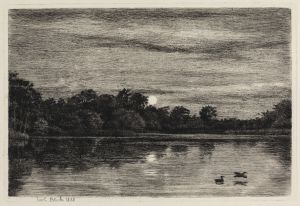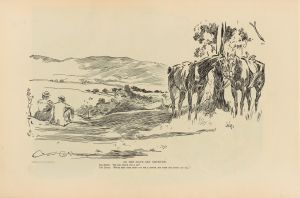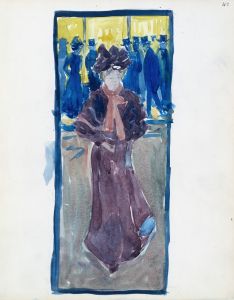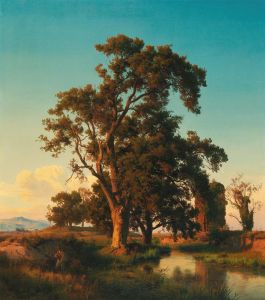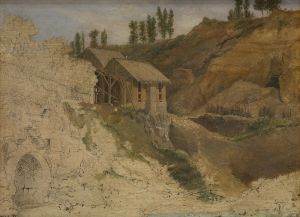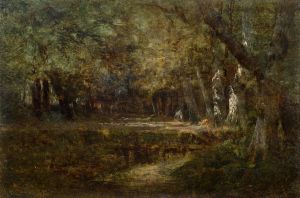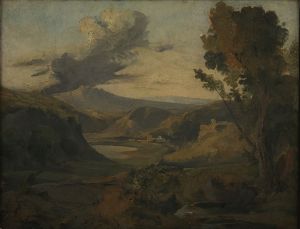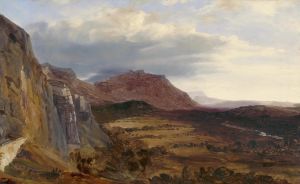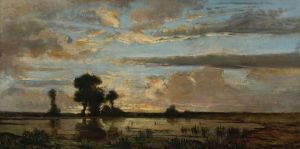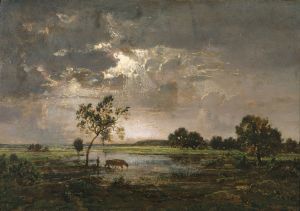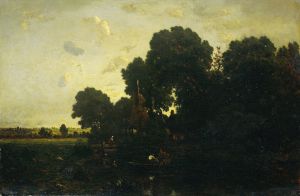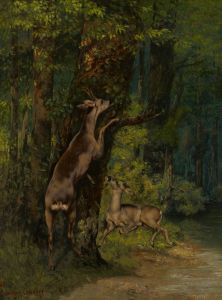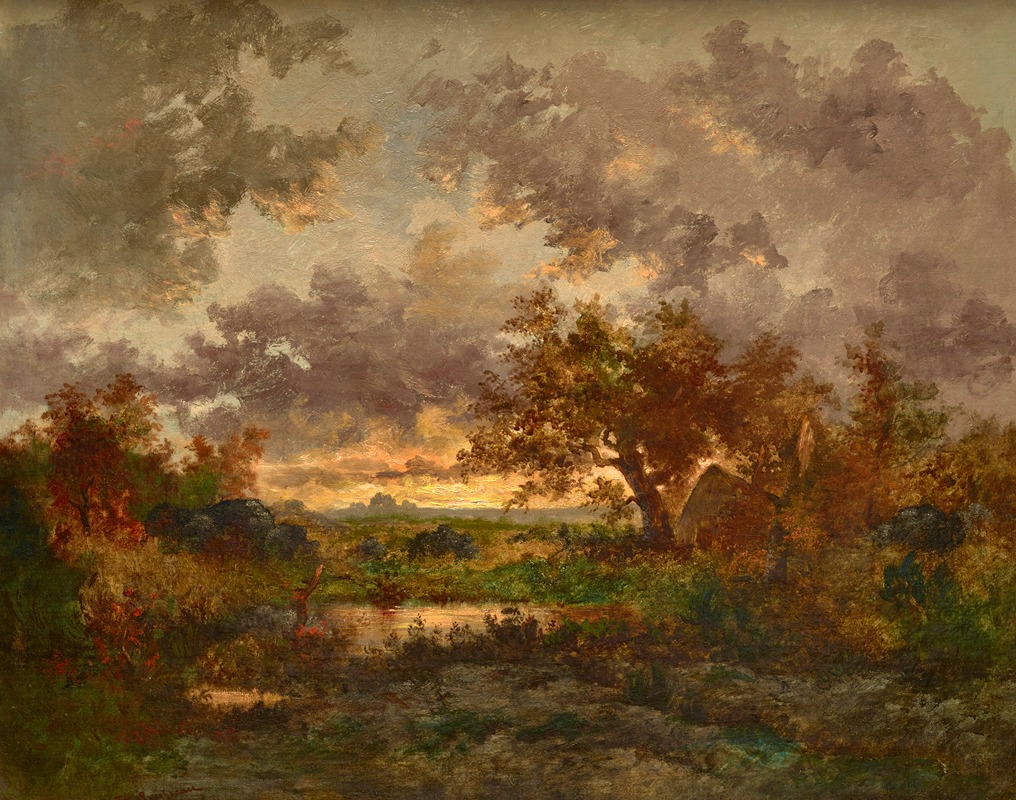
The Charcoal Burner’s Hut
A hand-painted replica of Théodore Rousseau’s masterpiece The Charcoal Burner’s Hut, meticulously crafted by professional artists to capture the true essence of the original. Each piece is created with museum-quality canvas and rare mineral pigments, carefully painted by experienced artists with delicate brushstrokes and rich, layered colors to perfectly recreate the texture of the original artwork. Unlike machine-printed reproductions, this hand-painted version brings the painting to life, infused with the artist’s emotions and skill in every stroke. Whether for personal collection or home decoration, it instantly elevates the artistic atmosphere of any space.
Théodore Rousseau's painting "The Charcoal Burner's Hut" is a notable work from the 19th century, reflecting the artist's deep connection with nature and his role as a leading figure in the Barbizon School. Rousseau, born in Paris in 1812, was a prominent landscape painter who sought to capture the natural beauty of the French countryside. His work is characterized by a detailed and realistic portrayal of rural scenes, often emphasizing the interplay of light and shadow.
"The Charcoal Burner's Hut" exemplifies Rousseau's dedication to depicting the serene and sometimes melancholic aspects of nature. The painting portrays a humble charcoal burner's hut nestled within a dense forest, likely inspired by the forests of Fontainebleau, a frequent subject in Rousseau's work. The Barbizon School, named after the village of Barbizon near the Forest of Fontainebleau, was a movement that emphasized naturalism and was a precursor to Impressionism. Artists of this school, including Rousseau, often painted en plein air, or outdoors, to capture the transient effects of light and atmosphere.
In this painting, Rousseau's meticulous attention to detail is evident in the rendering of the trees, foliage, and the hut itself. The composition is balanced, with the hut serving as a focal point amidst the surrounding wilderness. The use of earthy tones and the careful modulation of light create a sense of depth and tranquility, inviting viewers to contemplate the quietude of rural life. Rousseau's technique involved layering colors to achieve a rich texture, which is particularly effective in conveying the dappled light filtering through the forest canopy.
Rousseau's work was not immediately appreciated by the art establishment of his time. He faced numerous rejections from the Paris Salon, the official art exhibition of the Académie des Beaux-Arts, which was the arbiter of artistic taste in 19th-century France. However, his persistence and unique vision eventually gained recognition, and he became a respected figure among his peers and later generations of artists.
"The Charcoal Burner's Hut" is significant not only for its artistic merit but also for its reflection of the socio-economic conditions of rural France during Rousseau's lifetime. Charcoal burning was a common occupation in the 19th century, essential for producing fuel for various industries. By choosing this subject, Rousseau highlights the often-overlooked lives of rural laborers and their intimate relationship with the land.
Today, Rousseau's works, including "The Charcoal Burner's Hut," are celebrated for their contribution to the development of landscape painting and their influence on subsequent art movements. His paintings are housed in major museums and collections worldwide, where they continue to be studied and admired for their beauty and historical significance. Rousseau's legacy as a pioneer of naturalistic landscape painting endures, and his works remain a testament to his profound appreciation for the natural world.





